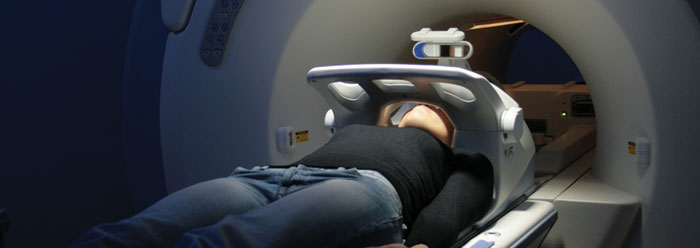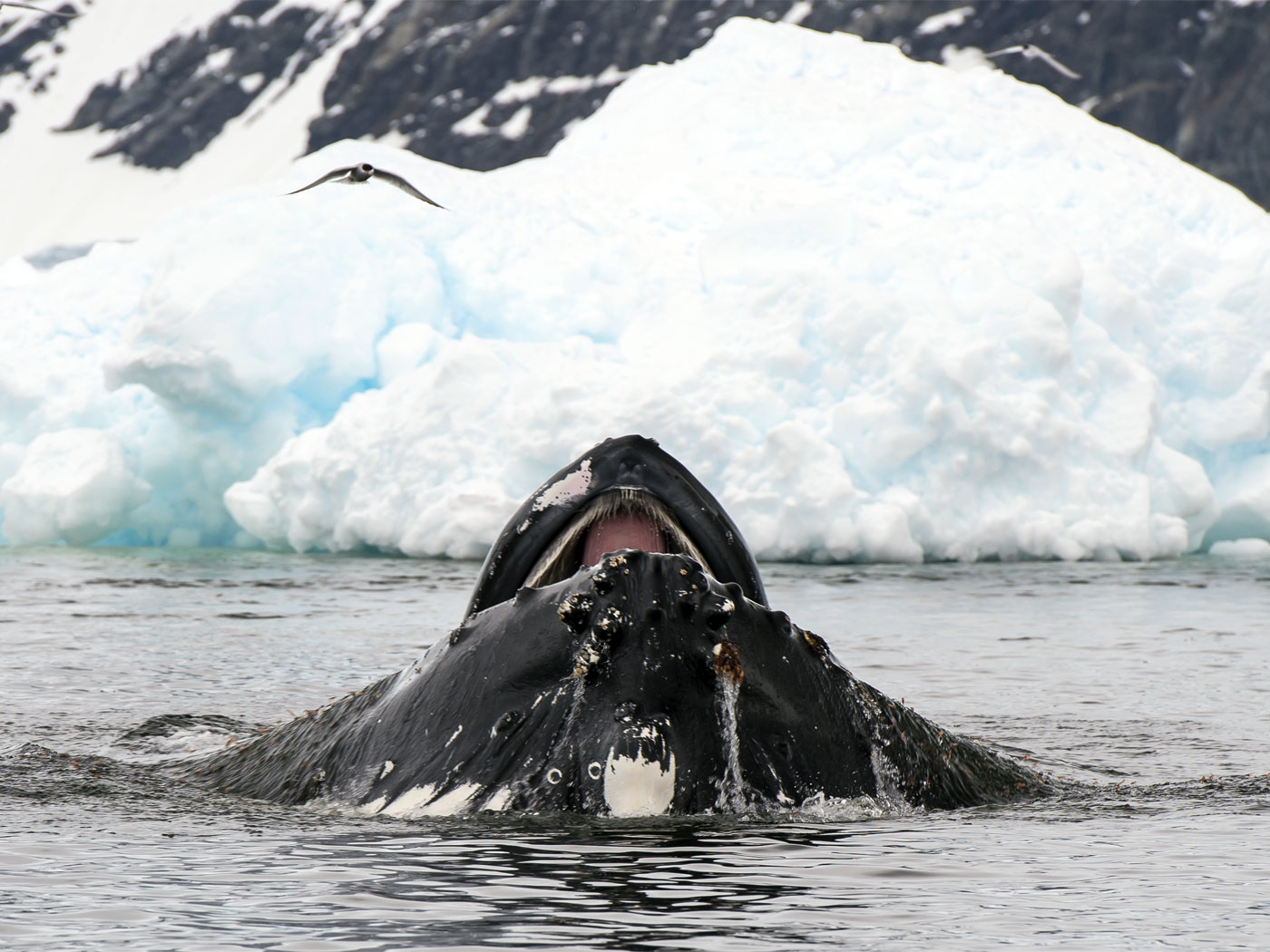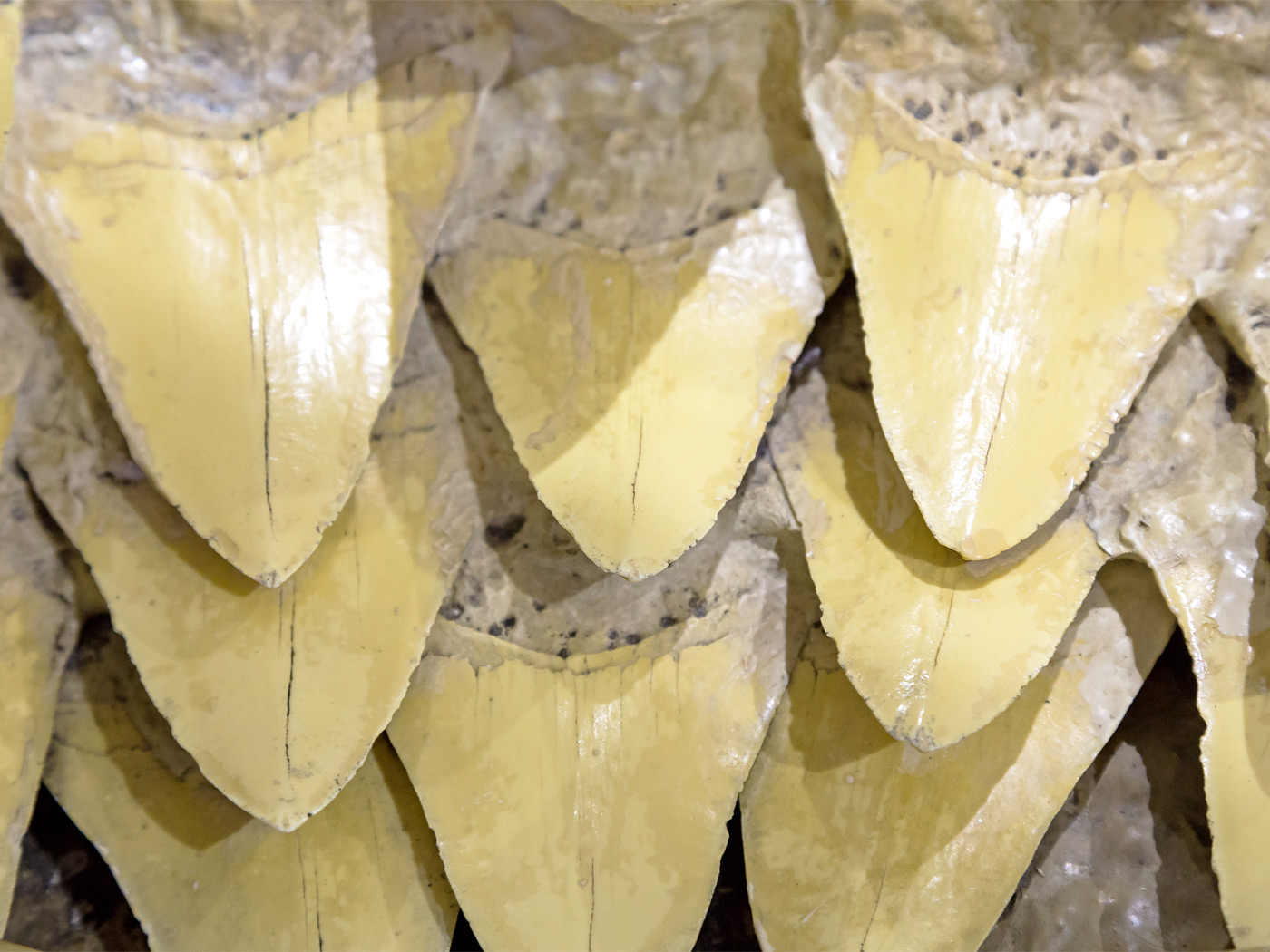About 35 years ago, Dr. Raymond Damadian invented a technology that transformed medical science. MRI, or magnetic resonance imaging, has been widely used in medical research ever since. Researchers over the years have employed it in a variety of ways, including using it to uncover cancers early enough for effective treatment. Recently, it has been tested in a procedure that can help save pregnant women’s lives.
MRI scans can detect, much better than sonograms, a condition called “placenta accreta.” It occurs when the placenta attaches so thoroughly to the uterus that it can pull away uterine lining during birth, which can lead to dangerous or even fatal bleeding. Placenta accreta is estimated to occur in one out of 533 deliveries.1
The condition has been occurring more frequently in recent decades due to a marked increase in cesarean sections, which leave scar tissue in the uterus, and because more women are giving birth at a later age. Placenta accreta is treatable if it is diagnosed before delivery, and a recent study indicated that MRI is a highly accurate way to identify its presence.1
The medical use of MRI started in the early 1970s, when Dr. Damadian patented a machine that employed nuclear magnetic resonance to detect abnormal internal body features without using harmful radiation. Later, he was the first to achieve a whole-body MRI scan, despite the warning of theoretical physicists who said it could not be done. One part of the machine detects magnet-like behaviors of atomic nuclei, and another part converts those signals into a 3-D image. Although the technology has greatly improved since then through the contributions of other specialists, none of it might have happened without Damadian’s initial innovative work.
In recognition of his efforts, in 2001 Damadian was granted the Lemelson-MIT Prize for Lifetime Achievement for being “the man who invented the MRI scanner.”2 The success of the technology also garnered him the United States’ National Medal of Technology, as well as induction into the National Inventors Hall of Fame, alongside Thomas Edison. But what motivated Dr. Damadian to pioneer this breakthrough?
In 1994, he told the magazine Creation, “The highest purpose a man can find for his life is to serve the Will of God.” He warned that evolution-based humanistic education erodes people’s ability to “discern the just from the unjust.”3 The central tenets of the religion of humanism, which have been cloaked as “science,” centers around humans as the highest level of living being, with no God to back up moral laws.4 If this view is true, then why should anyone be concerned with doing “good,” like devoting years to making inventions that will help others?
Dr. Damadian’s small company has received only a small part of the proceeds from MRI scanner sales. Most of the profits have gone to overseas corporations that unlawfully ignored his patent. And Damadian’s colleagues were awarded the 2003 Nobel Prize in Physiology or Medicine for inventing the MRI, but Damadian was left out! Philosopher of evolutionary biology Michael Ruse wrote in 2004, “I cringe at the thought that Raymond Damadian was refused his just honor because of his religious beliefs.”5
New applications of Damadian’s main invention continue to add to people’s quality of life. Damadian’s life of quality adds to a long list of others like him, who worshipped Jesus as their Creator and Savior by being selfless scientific pioneers.6
References
- MRI Helps Detect Life-Threatening Pregnancy Complication. Radiological Society of North America press release, December 1, 2009.
- Raymond Damadian: 2001 Lemelson-MIT Lifetime Achievement Award Winner. Lemelson-MIT Program Fact sheet. Accessed on web.mit.edu December 10, 2009.
- 1994. Super-scientist slams society’s spiritual sickness! Creation. 16 (3): 35-37.
- Morris, H. 1981. Evolution is Religion, Not Science. Acts & Facts. 11 (5).
- Ruse, M. Controversy over the Nobel Prize in Medicine. The Global Spiral. Posted on metanexus.net March 16, 2004, accessed December 10, 2009.
- Dao. C. 2009. Thinking God’s Thoughts After Him. Dallas, TX: Institute for Creation Research.
* Mr. Thomas is Science Writer at the Institute for Creation Research.
Article posted on December 17, 2009.

























